Weather-Sealed Mirrorless Image-Quality
Weatherproof Image-Quality & Performance
When it comes to image-quality, the latest generation of mirrorless cameras delivers in accordance their sensor-size. They generally perform quite well at the base sensitivity with noise appearing only beyond a certain ISO and steadily increasing from there. Sharpness is mostly limited by the lens in use until it gets clipped by the anti-alias sensor present on some models.
The Fuji X-T1, XT-1 Graphite and Olympus E-M1 all skip the anti-alias filter to maximize captured details given a sufficiently sharp lens. Fuji cameras use a unique 6x6 color-filter-array which prevents the appearance of moire despite their lack of an anti-alias filter. Olympus and Panasonic use a traditional 2x2 Bayer color-filter-array which makes moire artifacts more likely on the E-M1.
All these weather-sealed mirrorless cameras other than the Nikon 1 AW1 have native sensitivity of ISO 200. These allow an expanded Low ISO of 100 too. The AW1 has a native ISO 160 sensitivity with no expansion option. Expanded ISO allow to perform different exposures but reduce dynamic-range. Compare the base sensitivity:
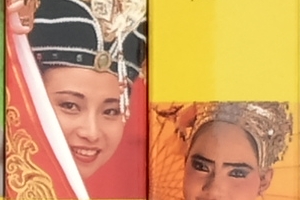 Fuji X-T1 Graphite - ISO 100 |
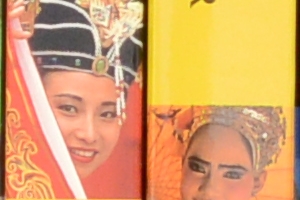 Nikon 1 AW1- ISO 160 |
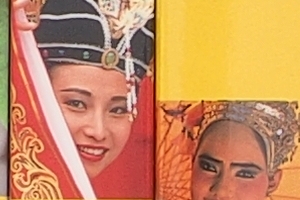 Olympus OM-D E-M1 - ISO 100 |
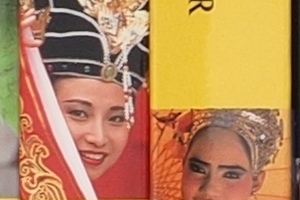 Olympus OM-D E-M5 Mark II - ISO 100 |
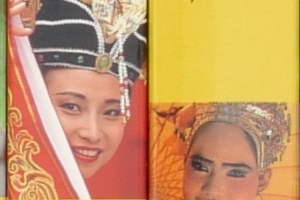 Panasonic Lumix DMC-GH4 - ISO 100 |
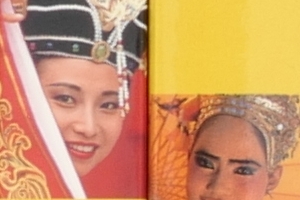 Panasonic Lumix DMC-GX8 - ISO 100 |
The Fuji X-T1 clearly delivers the smoothest output. It also shows top sharpness along with the Olympus E-M1, as expected, since those are all the anti-alias filter-free cameras. The Olympus E-M5 Mark II shows the next best output, with very slightly more noise and a tiny amount of softness. Both Panasonic are quite similar with a little more softness on the GX8 which cancels its resolution advantage. Unsurprisingly, the AW1 is one step behind with visibly soft output.
The next ISO sensitivities show slightly more noise yet preserve details well. Although the output looks different when viewed at 100%, print sizes are minimally affected until ISO 800. Here is what it looks like:
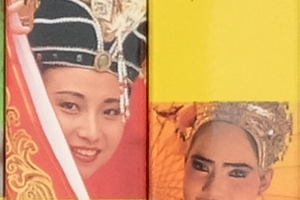 Fuji X-T1 Graphite - ISO 800 |
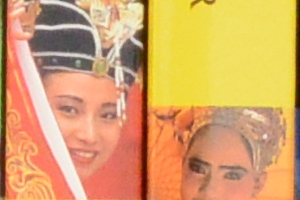 Nikon 1 AW1- ISO 800 |
 Olympus OM-D E-M1 - ISO 800 |
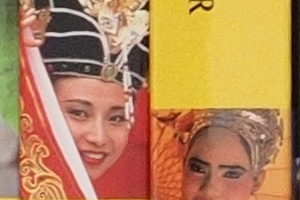 Olympus OM-D E-M5 Mark II - ISO 800 |
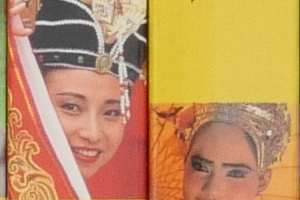 Panasonic Lumix DMC-GH4 - ISO 800 |
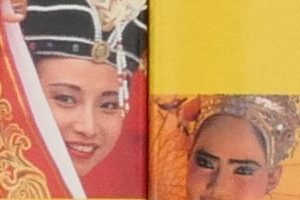 Panasonic Lumix DMC-GX8 - ISO 800 |
The smoothness of the X-T1 is amazing. This is partly due to noise-reduction which cannot be turned completely off yet retains fine details extremely well. Comparatively, the E-M1 is more hands-off and leaves a tad more noise while keeping critical sharpness. Just as before, the E-M5 Mark II follows, then the Panasonic GH4 and GX8, leaving the AW1 where it is.
Now going to ISO 6400, the maximum sensitivity of the Nikon 1 AW1, noise increases significantly. All digital cameras respond with stronger noise-reduction. Regardless, maximum print sizes are notably affected. This is what ISO 6400 looks like on each camera:
 Fuji X-T1 Graphite - ISO 6400 |
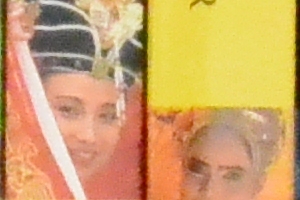 Nikon 1 AW1- ISO 6400 |
 Olympus OM-D E-M1 - ISO 6400 |
 Olympus OM-D E-M5 Mark II - ISO 6400 |
 Panasonic Lumix DMC-GH4 - ISO 6400 |
 Panasonic Lumix DMC-GX8 - ISO 6400 |
At ISO 6400, there is no longer a clear winner between the X-T1 and E-M1. They simply use a completely difference balance between noise and details. The E-M5 Mark II is slightly noisier than the E-M1. Panasonic pushes noise-reduction even further than Fuji, producing smooth images with fine details erased. Although it shows more noise and softness, the AW1 holds together quite nicely, considering its sensor is that much smaller.
 Fuji X-T1 Graphite - ISO 25600 |
ISO 25600 is the torture test. Here the Fuji X-T1 easily takes back the lead and is the only one to deliver usable prints beyond the smallest size. Both the Olympus E-M1 and Panasonic GX8 turn in a decent performance though. Knowing that the APS-C sensor in the Fuji is larger than Micro Four-Thirds, its lead is expected. Still, Micro Four-Thirds really delivers on image-quality. |
 Olympus OM-D E-M1 - ISO 25600 |
 Olympus OM-D E-M5 Mark II - ISO 25600 |
 Panasonic Lumix DMC-GH4 - ISO 25600 |
 Panasonic Lumix DMC-GX8 - ISO 25600 |
With dynamic-range, the larger APS-C sensor has a more dramatic edge over Micro Four-Thirds which, in turns, is significantly ahead of the 1" sensor in the Nikon. Fuji keeps the dynamic-range lead until ISO 6400. Things even out beyond that as noise turns blacks into grey.
Color rendition is flexible on most of these weatherproof mirrorless cameras. One can also render differently from RAW but the one which nails them in-camera is again the Fuji X-T1. There is too much red in the Olympus and Nikon, while the Panasonic cameras slightly exaggerate green. The GX8 manages to follow closely behind the Fuji.
This set of cameras offers some of the most reliable metering. Only the E-M1 produces a little more over-exposure than the rest. Of course, given its wider dynamic-range, the X-T1 has an easier job. Still, the Panasonic GX8 seriously challenges the Fuji.
When it comes to autofocus, Panasonic has the clear winners. The GX8 and GH4 have ultra-fast AF systems with class-leading sensitivity. They focus exceptionally fast and show an even greater lead in low-light. The Fuji and Nikon focus very quickly too but both slow down considerably when light is low.
All these cameras are quite responsive. Shutter-lag is nearly instant while black-out time is around ¼s for all but the GH4 and AW1 which are both slower. The fastest shot-to-shot speeds come from the GH4 and GX8, followed closely by the E-M1. The E-M5 Mark II and X-T1 are a little slower, while the AW1 trails far behind, despite having the fastest continuous drive.
Conclusion
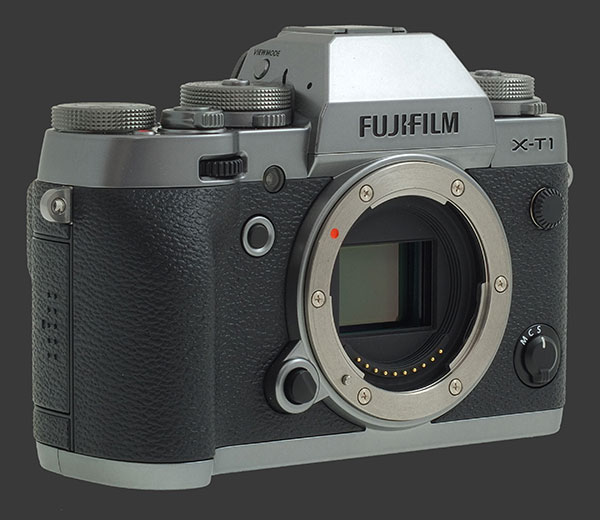
The mirrorless that truly stand out for image-quality are the Fujifilm X-T1 Graphite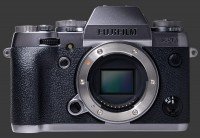
Fujifilm X-T1 Graphite and its twin the Fujifilm X-T1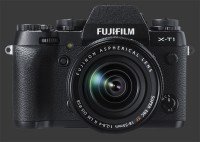
Fujifilm X-T1. These Fuji digital cameras produce images with extremely low noise and render fine details exceptionally well. Their metering is very reliable and colors are highly accurate. They are quite fast and generally efficient to control.
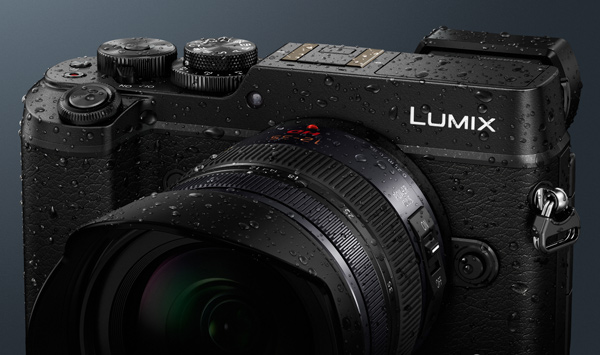
When it comes to speed though, the Panasonic Lumix DMC-GX8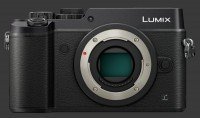
Panasonic Lumix DMC-GX8 delivers beyond the competition on nearly all fronts. Its autofocus system is ultra-fast with class-leading sensitivity. Image quality is also very good with low noise and excellent metering. The GX8 offers dual stabilization and the most complete feature set in the group, including 4K Ultra-HD video.
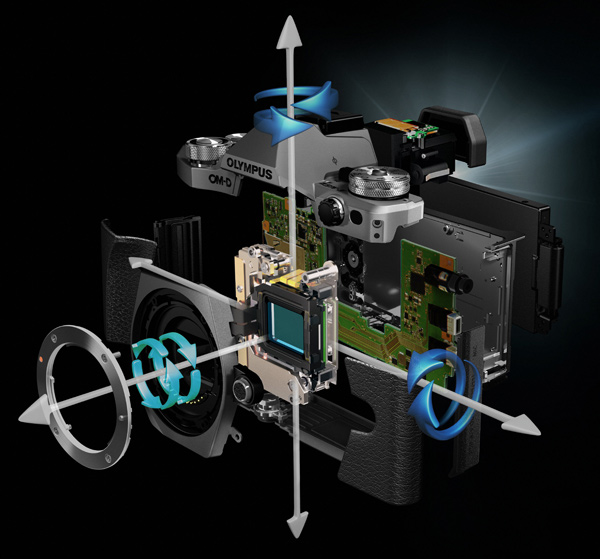
An honorable mention is absolutely deserved for the Olympus OM-D E-M1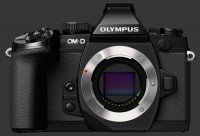
Olympus OM-D E-M1 which produces the sharpest images and the highest image-quality from Micro Four-Thirds. It is a really fast camera with and an incredibly effective 5-axis image-stabilization system. The E-M1 has excellent controls that are highly customizable.
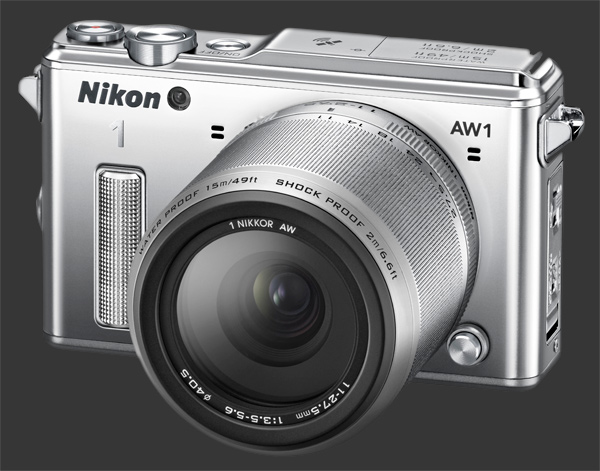
Finally, there is the Nikon 1 AW1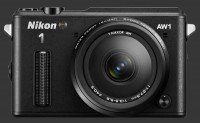
Nikon 1 AW1. This waterproof and shockproof digital camera provides opportunities which no other interchangeable camera can. It may lag in image quality behind other mirrorless due to its smaller sensor, yet it remains well ahead of any other waterproof or rugged camera. Image quality is quite reasonable, with low noise and a very good metering system. Its speed is excellent in some areas while falling short in others. Controls on the AW1 are extremely limited and it lacks an EVF though.
Please Support Neocamera
All information on Neocamera is provided free of charge yet running this website is a huge endeavor. Purchases made via affiliate links found throughout the site help keep it running and up-to-date. There is no additional cost to you, so please consider buying via these links to our affilates:
If you found any information on this site valuable and did not purchase via our affiliate links, please considering donating via PayPal:
Any amount will be greatly appreaciated. Thank you for your support!
Weatherproof Mirrorless Lenses
Choosing a mirrorless camera is almost as much about the camera than the compatible lens lineup. This is even more true when it comes to weather-sealed lenses. Manufacturers all waited until they had weather-sealed cameras - sometimes even longer - to produce weather-sealed lenses.
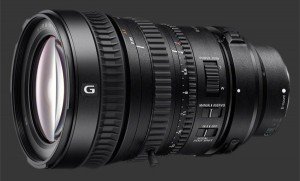
Presently, the Sony E-mount has just a single weatherproof lens than the Micro Four-Thirds mount, demonstrating that Sony has been catching up quite rapidly. Fuji has half the number of lenses as Sony and Nikon less than half of that. Since Sony does not make weather-sealed mirrorless cameras, all their weatherproof lenses are for full-frame, meaning larger, heavier and pricier than others. This makes Micro Four-Thirds the primary choice for versatility among weatherproof mirrorless cameras.
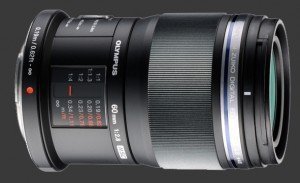
Micro Four-Thirds weather-sealed lenses cover focal-lengths from 7 to 150mm with apertures as bright as F/1.8. There is even a macro lens among those. Panasonic has two which are both stabilized constant-aperture F/2.8 zooms, making a fantastic starting pair. Olympus covers the rest with a mix of constant-aperture and variable aperture zoom, plus specialty primes.
Fuji offers a number of lenses too. Among them, a pair of constant-aperture zooms combine to cover a 16-140mm range. This is complemented by 2 primes and a large-ratio variable aperture zoom. Nikon offers two waterproof lenses, one zoom, one prime.
Updates
2024.04.03

Fujifilm X-T5 Review
Newest Fujifilm flagship boasting a 40 MP APS-C sensor, 5-axis IBIS with 7-stop efficiency, 15 FPS continuous drive, 6.2K Video capture, dual control-dials and dual SDXC UHS-II slots in a sturdy weatherproof and freezeproof body.
2023.11.20

Best Digital Cameras of 2023
Find out which are the Best Digital Cameras of 2023. All the new Mirrorless Digital Cameras from entry-level to high-end professional.
2023.07.10

Fujifilm X-H2 Review
40 Megapixels APS-C Hybrid Mirrorless Digital Camera with 7-stop IBIS. Fastest shutter ever and 8K video capture. Large builtin EVF with 0.8X magnification and 5.8 MP, plus an Eye-Start Sensor. Packed with features and large number of controls in a weatherproof and freezeproof body.
2023.05.07

Sony FE 20-70mm F/4G Review
Review of the unique Sony FE 20-70mm F/4G lens. The optical zoom of this lens spans ultra-wide-angle and medium focal-length coverage, making it one of the most versatile Full-Frame lenses on the market.
2023.01.15

Huion Inspiroy Dial 2 Review
Review of the Huion Inspiroy Dial 2 tablet, a medium sized drawing surface with dual dials and customizable buttons. Connects via USB-C or Bluetooth 5.0 with Windows, Linux and Android support.
2022.12.08

How to Pack for a Photo Trip
Find out how to pack for a travel photography trip, carry your gear safely while meeting airline regulations.
2022.11.13

Best Digital Cameras of 2022
The best digital cameras of 2022. A short list of the most outstanding models in their respective categories. Choose one for yourself or as a gift.
2022.09.21

Pentax DA* 60-250mm F/4 SDM Review
Review of the Pentax DA* 60-250mm F/4 SDM, the constant-aperture telephoto zoom with the highest zoom-ratio on the market.
2022.09.20

Pentax DA* 50-135mm F/2.8 SDM Review
Review of the Pentax DA* 50-135mm F/2.8 SDM, the lightest professional telephoto zoom native to the K-mount.
2022.09.10

Pentax DA* 11-18mm F/2.8 DC AW Review
Review of the Pentax DA* 11-18mm F/2.8 DC AW, the widest professional ultra-wide zoom native to the K-mount.
2021.11.24

50 Gifts Under $50 For Photographers in 2021
50 Gifts photographers will love. All for under $50 USD. 2021 Edition.
2021.11.17

Best Digital Cameras for 2021
Neocamera shows which are the very best Digital Cameras for 2021 in every category: Mirrorless, DSLR, Premium Compact, Ultra-Zoom and Rugged.
2024.04.03
2023.11.20
2023.07.10
2023.05.07
2023.01.15
2022.12.08
2022.11.13
2022.09.21
2022.09.20
2022.09.10
2021.11.24
2021.11.17
NEWS
2024.04.24

Megadap Ultimate Canon EF to Nikon Z Adapter
2024.04.24

Sony Custom Grid License
Technology
2024.04.16

Sony Launches Bright Ultra-Wide Compact Zoom
Lens
2024.03.27

Sigma Ultra-Bright Normal Mirrorless Lens
Lens
2024.03.27

Nikon Launches Full-Frame Super-Zoom Lens
Lens
2024.03.20

New Lens Statistical Comparisons
2024.03.14

Fujifilm Brings New Features to Instax Series
Instant Camera
2024.03.07

Leica Launches SL3 Full-Frame Mirrorless
Digital Camera
2024.02.22

Panasonic Unveils Full-Frame Travel-Zoom Lens
Lens
2024.02.21

Sigma Reveals 2 Extreme Full-Frame Lenses
Lens
2024.02.21

Sony Reveals Bright Compact Full-Frame Zoom
Lens
2024.02.20

Venus Launches First Autofocus Lens
Lens














